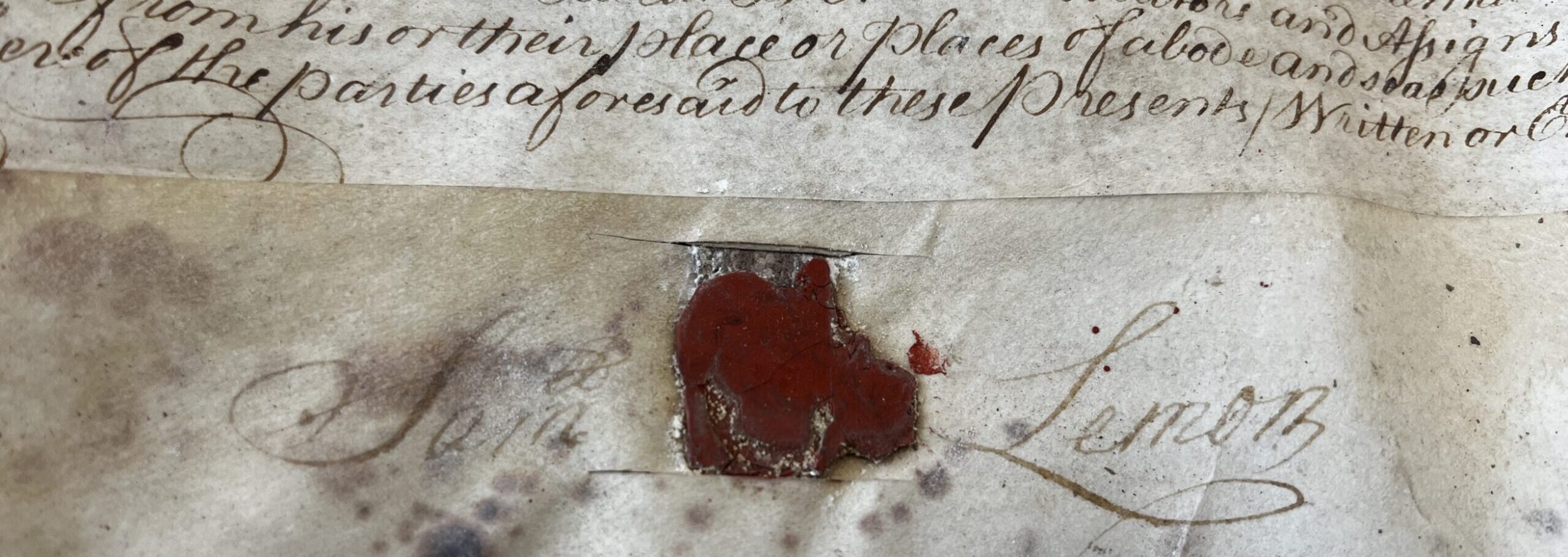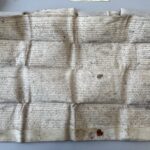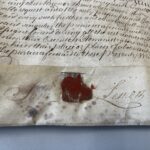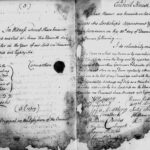
As I explore my family history, one name keeps emerging: Samuel Lemon. The Samuel Lemon I’ve been following in previous posts had a son who shared his name, often referred to as Samuel Lemon the Younger while his father was still alive. This man is my 6x great-grandfather, and his story is quite compelling.
At just 25, Samuel and his brother William took a significant step by purchasing several properties from their father for £800. In modern day terms this £800 in 1770 would be worth $250,000 today. This suggests they had some financial backing even at an early age, but their fortunes would soon take a turn. (First two images in the gallery)
As early as 1775, Samuel, along with William Gluyas and James Edwards, formed a mercantile shipping partnership based in Marazion, known as Samuel Lemon and Co. Their ambitions were high, but, as often happens, reality struck hard. Shipping logs from the area show activity out Penzance and Marazion, as they had a cellar and a half-acre property near St Michael’s Mount, and the lease to the Slip Cellar beside what is now the Godolphin Arms in Marazion.
It appears over time they had brought on other investors, as when John Nicholls, a merchant of Ludgvan, was declared bankrupt in 1777, a 1/6 share in this partnership to the company was put up for sale.
In November 1782, the partnership dissolved, leading to an overwhelming debt of nearly £2,000 for Samuel by the following May, which ultimately resulted in his bankruptcy. Ironically, most of this debt was owed to Lemon, Furley and Lubbock Bank, where his cousin, Sir William Lemon, was a partner. It must have been a difficult position for William—caught between family loyalty and the demands of business.
Just as Samuel faced the bleak prospect of losing everything, fate intervened. He lost his 99-year lease on Pellor House in Breage at auction, but William stepped in and purchased it back. It’s hard not to wonder if William felt some responsibility, having inherited their grandfather’s estate while his Samuel had once been in line for it. Perhaps this was his way of making amends, and it certainly saved Samuel from debtor’s prison. For that, my family owes a debt of gratitude to William.
At the age of 81, Samuel Sr. passed away in June 1786, and shortly after, Samuel Jr. was appointed Collector of His Majesty’s (HM) Customs at St Mary’s on the Isles of Scilly. I can’t help but think that maybe it was another gesture of support from cousin William, using his connections as MP and Sheriff for Cornwall to help Samuel secure this position. William sat in Parliament at Westminster with Francis Godolphin Osborne, 5th Duke of Leeds who was the Governor of the Isles of Scilly at this time. It’s heartening to believe that family might have been looking out for one another.
During his time as Collector, Samuel Jr. also became a Member of the Council of Twelve for the Isles of Scilly on December 30, 1786, appointed by the Duke of Leeds. The Council of Twelve was the town council but governing all business, trade, and justice within the islands in the absence of the Governor. (Last image in the gallery)
Tragically, Samuel Jr. passed away less than 15 years later, in Helston, Cornwall, at the age of 54. He was still serving as Collector of Customs, and on the Council when he died – which tells me whatever it was that caused his demise, it appears to have been rather sudden. His widow, Elizabeth, remained at Pellor House in Breage, where she lived for another five years before her own passing.
But the legacy continued—Samuel’s son, also named Samuel, took on the role that had once defined his family’s connection to their community.
You know what this means? Off to the Scillies!
Images courtesy of Kresen Kernow. Accessed January 2024.



